From Tony Blair to Boris Johnson: 25 Years of Revolts Against UK Government
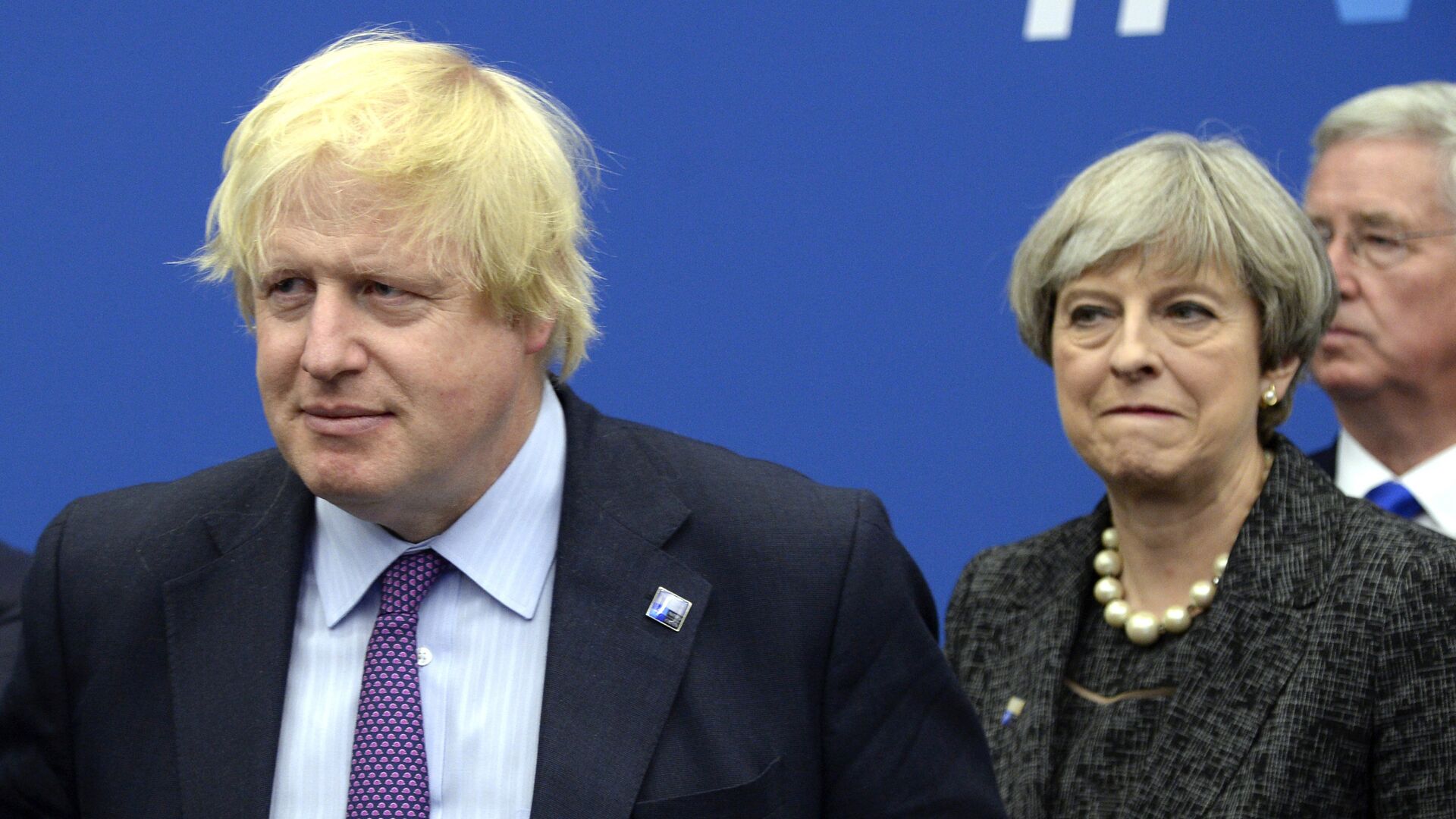
© AP Photo / Thierry Charlier
Subscribe
As Boris Johnson’s efforts to recover from the Tory and the overall parliamentary rebellion continue, the history of British political leadership proves that his predecessors have suffered similar travesties when in office.
It appears that every single UK PM for the past 25 years has been weakened by their very own political kryptonite. From Tony Blair to Boris Johnson, Westminster has seen the Parliament revolt against the government, including party rebellions against their elected leaders.
Boris Johnson
The current Conservative Party leader is facing shots fired on all sides, with party members casting doubt on his performance and launching the largest Tory rebellion of his tenure on Tuesday night.
The unity of the Tories has been threatened by disagreements over the so-called Plan B on tougher COVID rules for England this winter that include the mandatory introduction of COVID health passes for large venues in the country. Almost 100 Tory MPs voted against Plan B on 14 December.
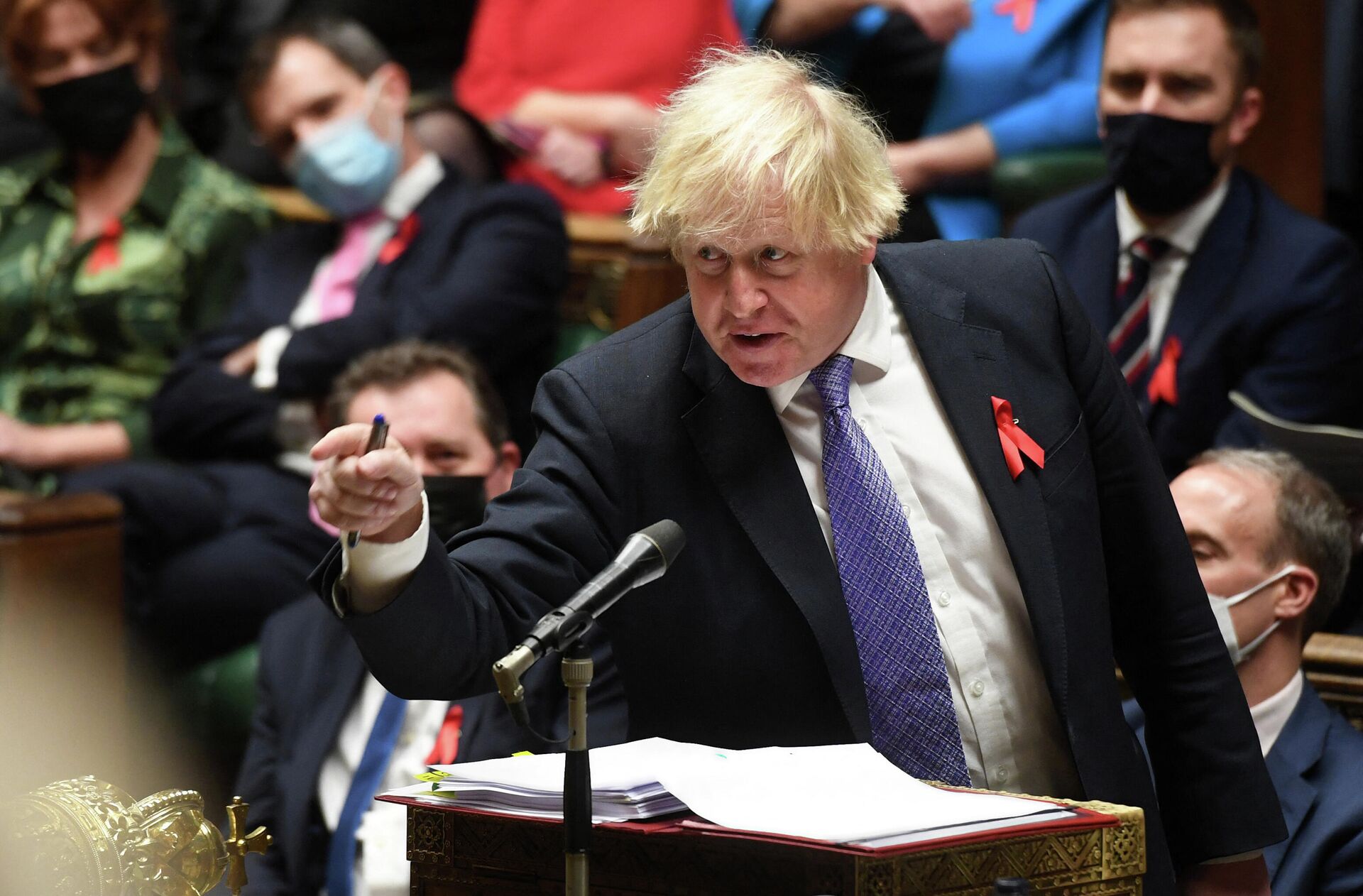
A handout photograph released by the UK Parliament shows Britain's Prime Minister Boris Johnson gesturing as he speaks during Prime Minister's Questions (PMQs) in the House of Commons in London on December 1, 2021
© AFP 2023 / JESSICA TAYLOR
Johnson has also been facing backlash over the alleged No 10 "illicit" lockdown Christmas party. The PM’s party has also lost credibility in the wake of the Owen Paterson “sleaze” scandal that saw the member of parliament engage in paid advocacy for two companies, one of which received COVID testing contracts. While Paterson resigned as the Tory MP for North Shropshire, Downing Street was criticised for attempting to rewrite MP standards.
Johnson’s leadership path has been tainted by scandal after scandal, as he has been accused of failing to handle the COVID-19 crisis, spending inadequate funds on the redecoration of Downing Street, and leading a Cabinet whose ministers breached pandemic restrictions.
The prime minister's former top aide, Dominic Cummings, has been adding fuel to the fire, spilling inside information on the government’s poor management of the coronavirus outbreak in the UK and the PM’s own staff.
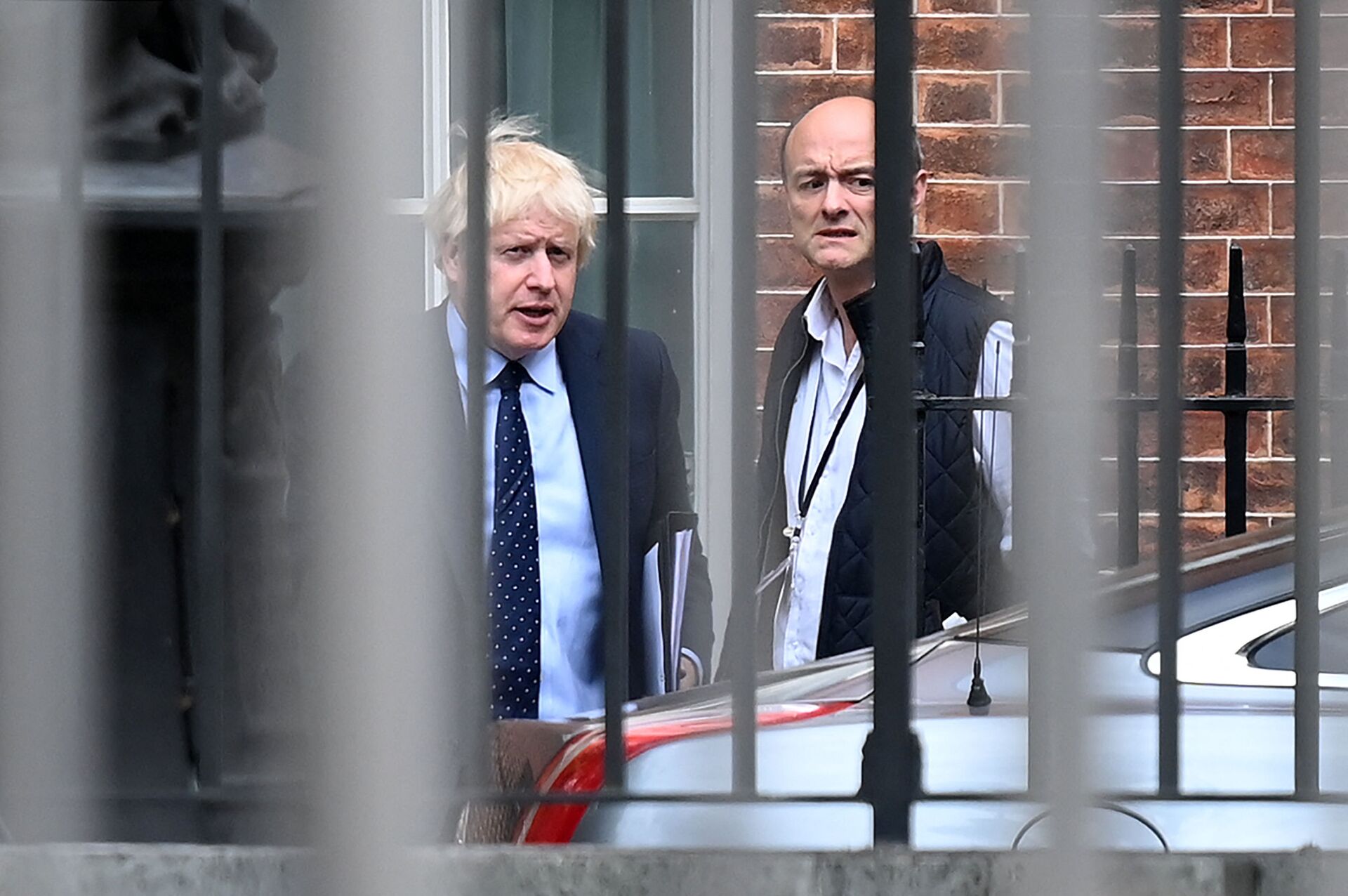
Britain's Prime Minister Boris Johnson (L) and his special advisor Dominic Cummings leave from the rear of Downing Street in central London on September 3, 2019, before heading to the Houses of Parliament
© AFP 2023 / DANIEL LEAL-OLIVAS
Back in November, Cummings predicted that Johnson won’t even survive until the next elections, adding that “Boris is stalled and isn’t going anywhere".
Theresa May
Johnson’s predecessor, Tory leader Theresa May, was, in turn, rocked by Brexit troubles, a legacy she received from former UK PM David Cameron.
Since taking office in July 2016, she struggled to unite the Parliament and her own party over the handling of Brexit negotiations with the European Union up until she confirmed her resignation in June 2019.
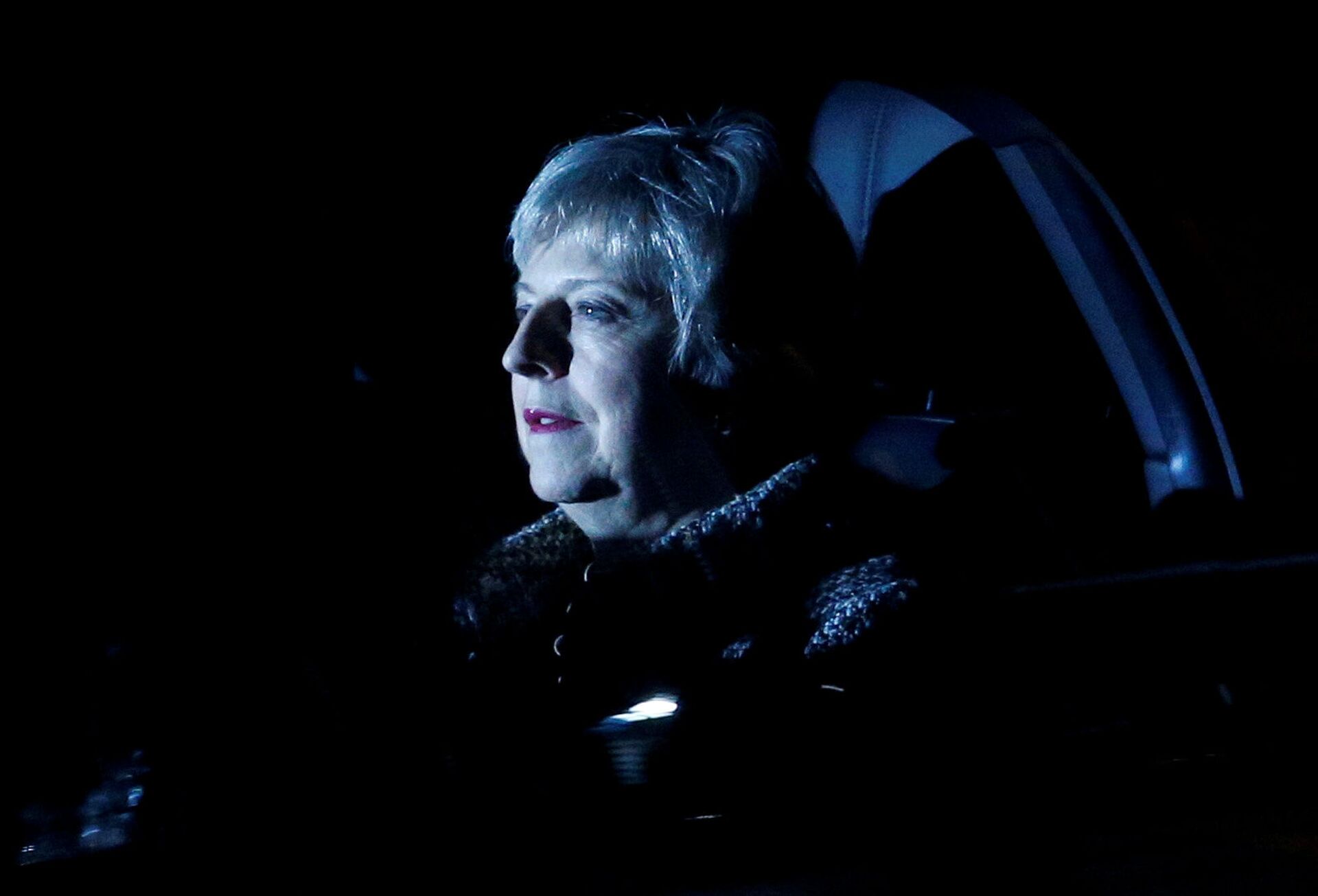
Britain's Conservative MP and former prime minister Theresa May leaves the Houses of Parliament in London, Britain, October 28, 2019. Picture taken with a slow shutter speed. REUTERS/Henry Nicholls TPX IMAGES OF THE DAY
© REUTERS / Henry Nicholls
During her leadership, May suffered two votes of no confidence, one by her own party members and another by opposition party leader Jeremy Corbyn - both over the Brexit deal which stipulated the condition of Britain’s exit from the European Union.
May’s government suffered four defeats in the House of Commons during the parliamentary votes on Brexit. One of the votes, on 15 January 2019, saw 202 MPs vote in favour and 432 against, making it the largest majority against a United Kingdom government in history.
David Cameron
David Cameron, Conservative Party leader from 11 May 2010 to 13 July 2016, suffered his fair share of criticism, with one of the key controversies being his pledge to hold a referendum on Britain's membership in the EU. This decision eventually led to the UK divorce from the European bloc, an outcome not intended by Cameron.
Plots against Cameron’s leadership brewed, following poor results in the May 2012 local elections, when the Tories grew concerned over his electability. Later that year, media reports said that a "rebel reserve" of 55 Conservative MPs had given firm support to a motion of no confidence in Cameron.
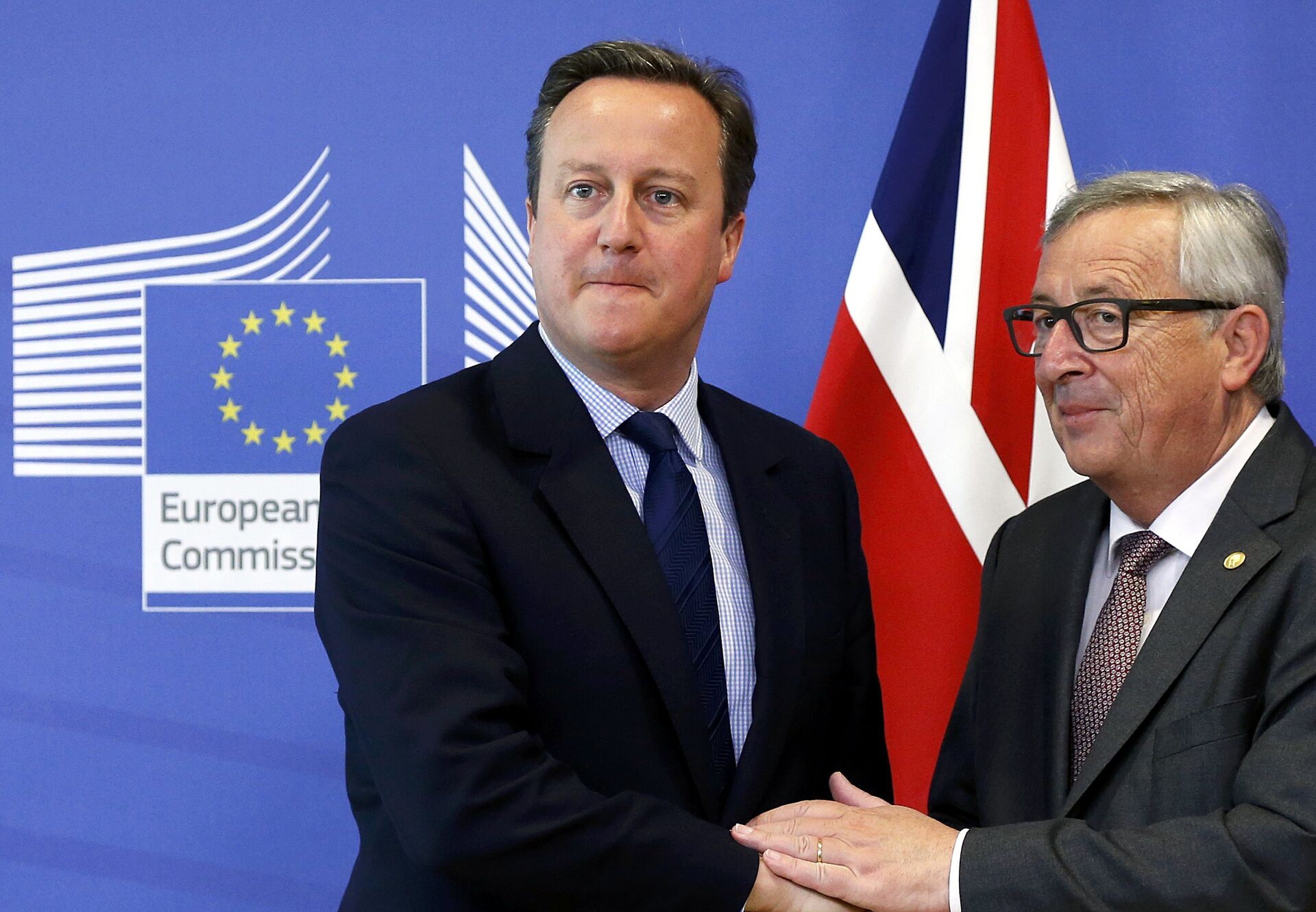
Britain's Prime Minister David Cameron and EU Commission President Jean-Claude Juncker arrive at the EU Summit in Brussels, Belgium, June 28, 2016.
© REUTERS / Francois Lenoir
Andrew Bridgen, the Conservative MP for North West Leicestershire, called for a vote of confidence in Cameron's leadership in 2014, claiming the Tory leader had a "credibility problem". That bid for later dropped.
Following Cameron’s resignation from the post of prime minister, he found himself at the centre of a lobbying scandal, involving the supply chain financing firm Greensill Capital in March 2021. Cameron served as the adviser at Greensill and came under criticism after it emerged he had personally lobbied members of government for a favourable deal for Greensill.
Gordon Brown
Labour leader and the UK prime minister from June 2007 to May 2010, Gordon Brown had to fend off a number of large revolts and a series of mini-revolts by MPs.
More than 25 percent of revolts took place over the Lisbon Treaty bill, which committed EU member states to seek “uniformity in measures of liberalisation”.
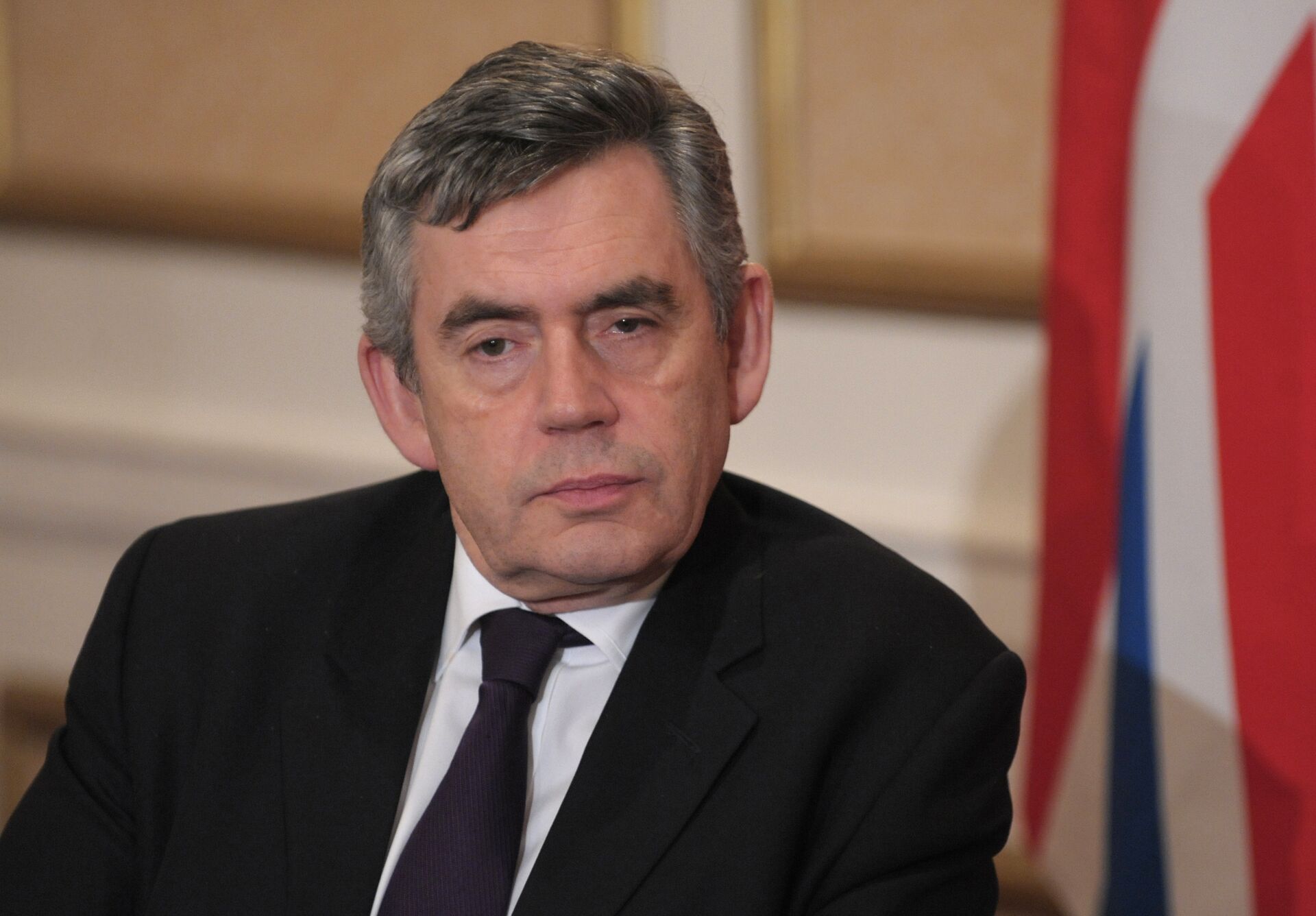
British Prime Minister Gordon Brown attends the G20 summit
© Sputnik / Sergey Guneev
/ Despite a rebellion by 29 of its own backbenchers, Brown’s government defeated a Conservative proposal to hold a popular vote on the Lisbon Treaty by 311 votes to 248 in the House of Commons on 5 March 2008.
During Brown’s first full session as PM, there had been 103 Labour revolts.
Tony Blair
Brown’s predecessor, Labour’s Tony Blair, led the British government for 10 years, from 1997 to 2007. Blair’s kryptonite turned out to be the decision to participate in the 2003 invasion of Iraq, a war that became increasingly unpopular with the public in the years to come.
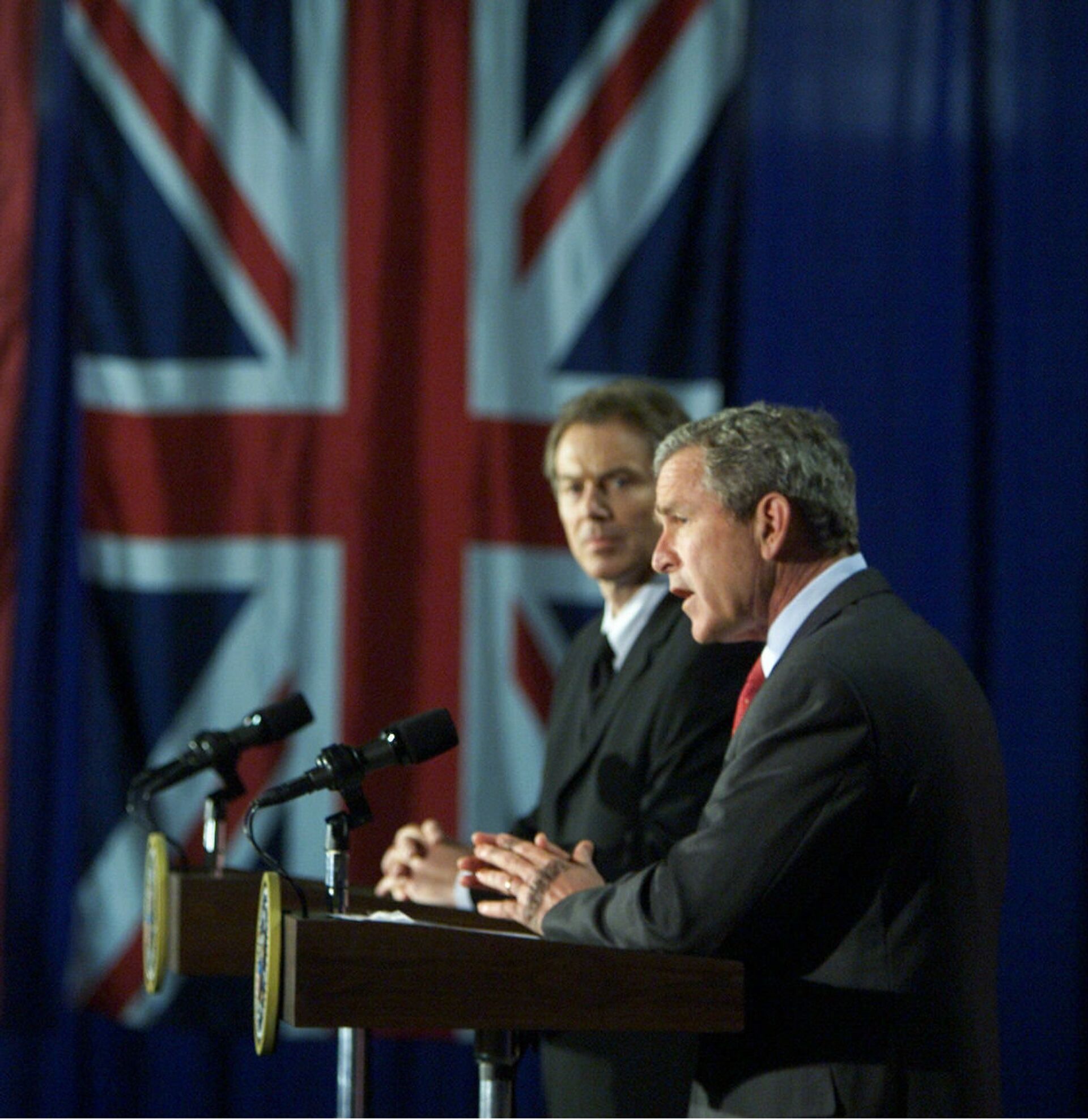
Former US president George Bush and Former UK Prime Minister Tony Blair
Blair’s decision subsequently brought on the 2016 Iraq Inquiry that looked into the UK government waging an unjustified and unnecessary invasion. While at the time Blair argued that the Saddam Hussein government possessed an active weapons of mass destruction (WMD) programme, it later proved to be false, as no stockpiles of WMDs or an active WMD programme were ever found in Iraq.
In 2004, Labour activists were circulating a resolution of no confidence in Tony Blair due to loss of trust over the Iraq war.
